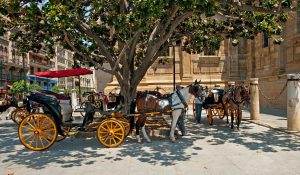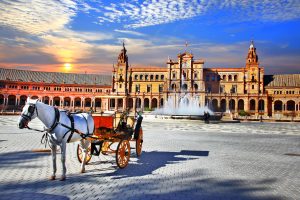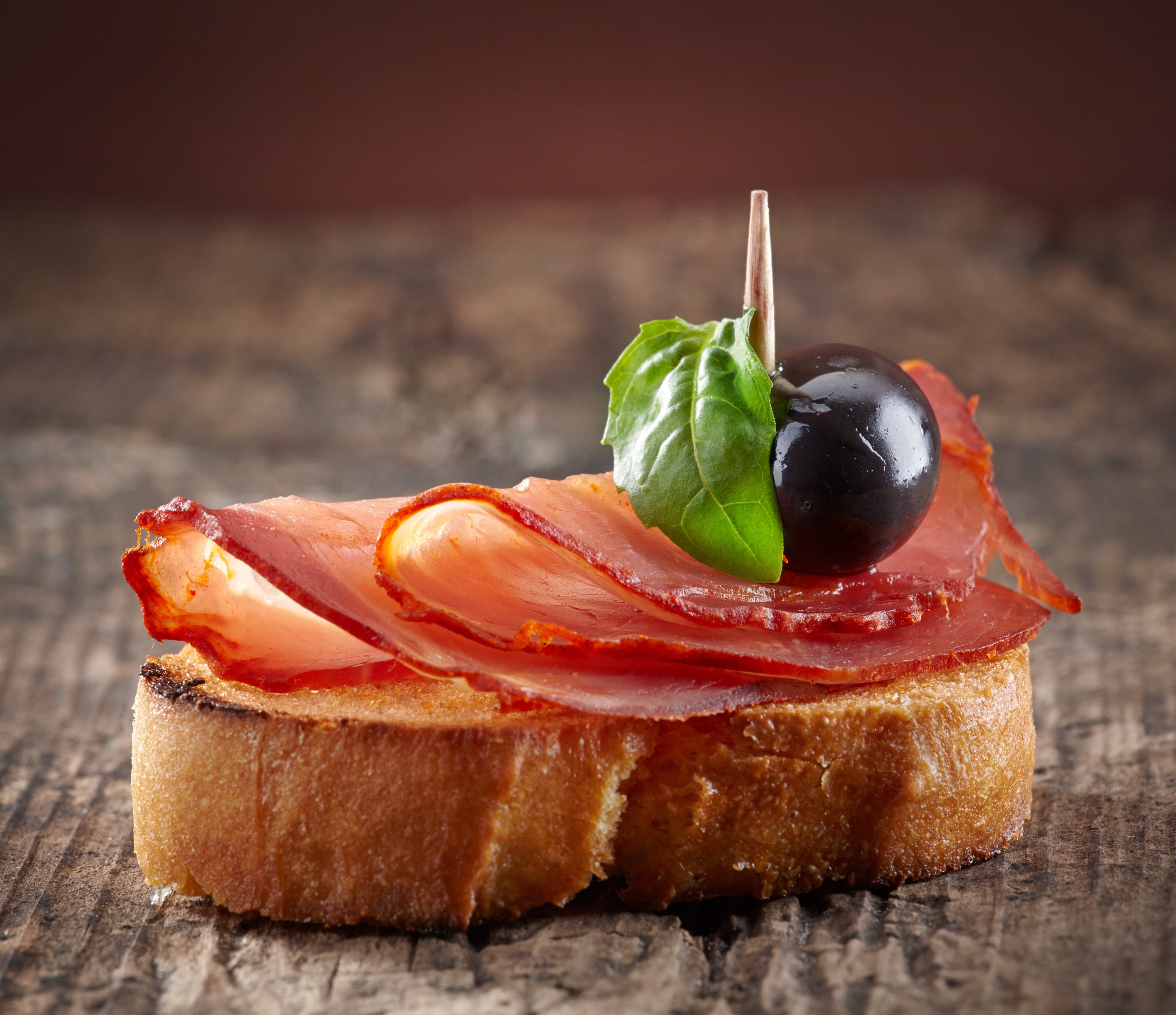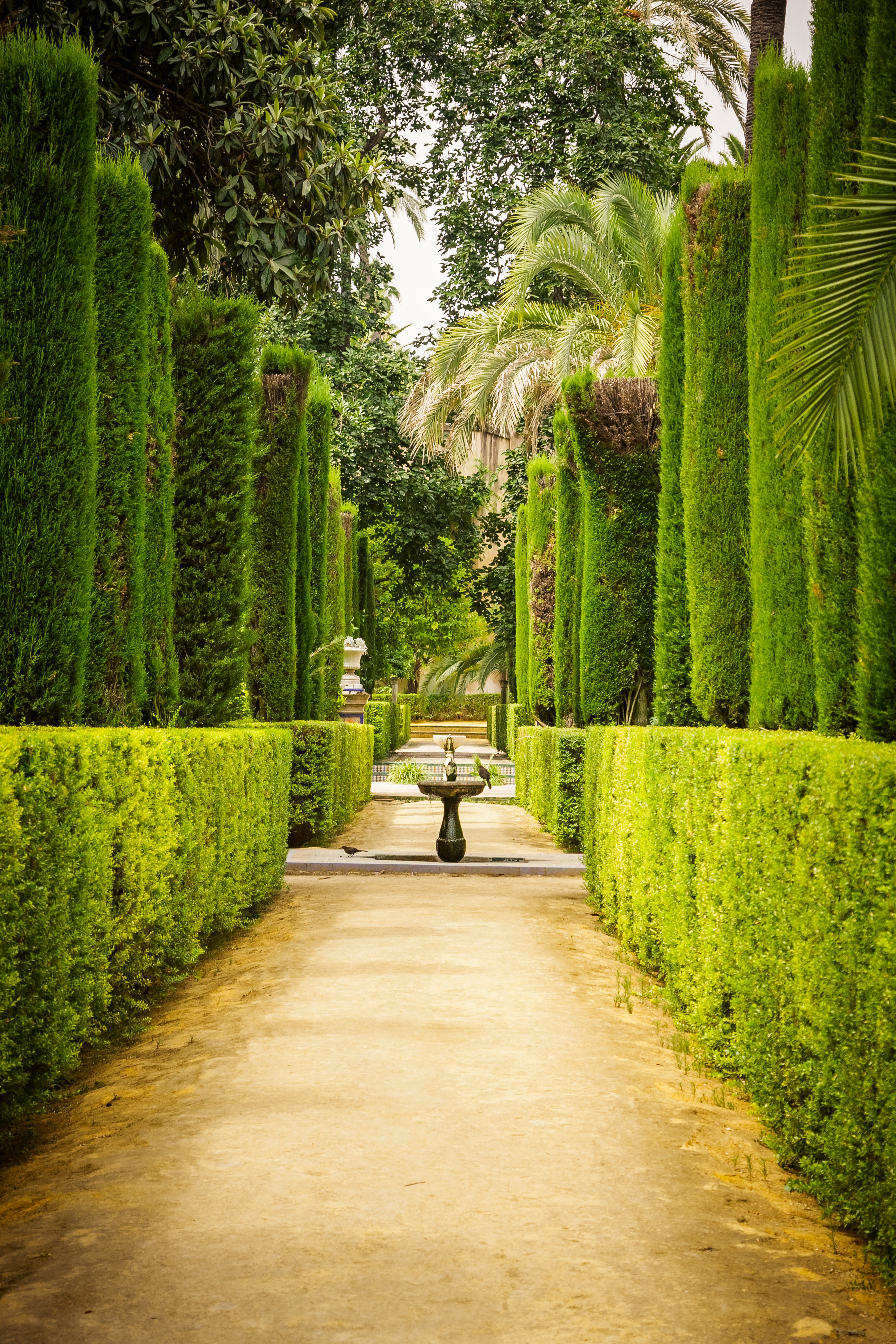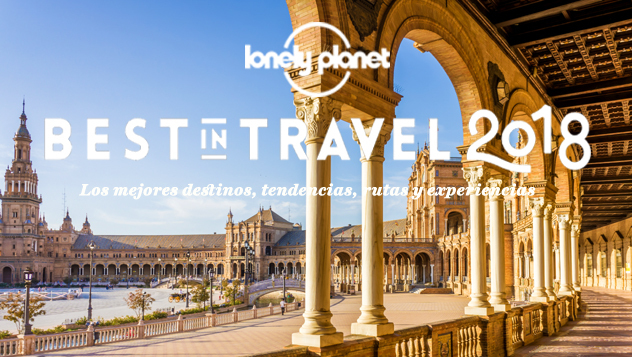Wondering what there is to do and see in Seville? Follow this 3 day itinerary for an unforgettable whirlwind trip around the Andalusian capital.
Day 1
Explore El Barrio de Santa Cruz
There is no better way to start your trip than by losing yourself in the old Jewish quarter, only steps from the busy Cathedral and Giralda. Santa Cruz’s narrow, cobbled streets lead to secret squares flanked by orange trees which resound with legends and history and have been both the birthplace and inspiration to some of the greatest artists in Spanish history.
For lunch head to Calle Mateos Gago, lined from start to finish with traditional tapas bars and restaurants, teeming with locals and tourists alike. Some favourites include Bar Giralda and la Bodega Santa Cruz.
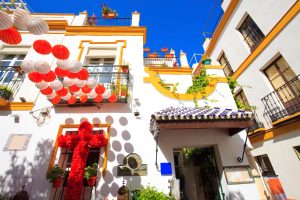
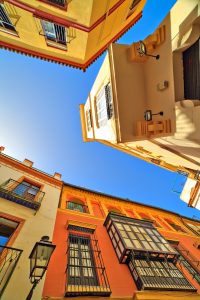
Row around Plaza España
What better way to enjoy one of the most beautiful examples of Andalusian architecture than by rowing around la Plaza España, built in the Parque de Maria Luisa for the Ibero-American Exposition of 1929. As you row around the Plaza, notice the alcoves that along the length of the monument, one for each province of Spain, and the tiles on each portraying what that province is renowned for.
Think it looks familiar? That’s because you have most likely seen the Plaza España on your television more than once. The stunning architecture of the Plaza means that it has often been used as a filming location: It was used as a location in the Star Wars movie series Star Wars: Episode II – Attack of the Clones (2002) — in which it featured in exterior shots of the City of Theed on the Planet Naboo. It also featured in the 2012 film The Dictator and in the 1962 film Lawrence of Arabia.
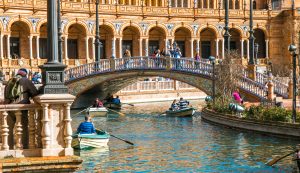
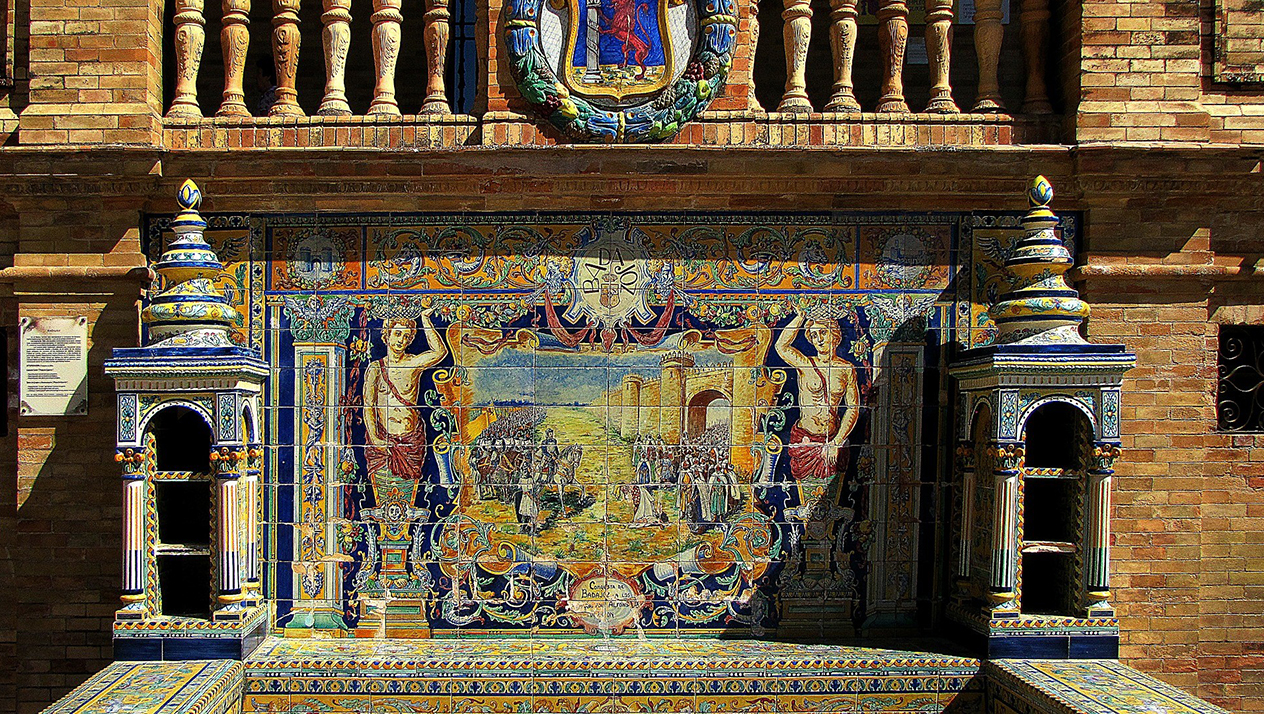
Flamenco Show
End the day with some dinner and exhibition of true Southern culture: Head back to Santa Cruz to ‘Los Gallos’ or ‘La Casa de la Guitarra’, two of Seville’s most famous flamenco ‘tablaos’ to see exemplars of Andalusian passion and art.
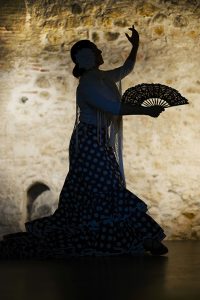
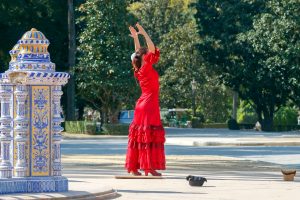
Day 2
Cathedral and Giralda
Head back to the city centre to visit the world’s largest Gothic cathedral, built over the remains of an ancient mosque following the overthrowing of Seville’s Almohad rulers by King Fernando III. Inside, visit the tomb of Christopher Columbus, then step into the Sacristía de los Cálices, a series of rooms in which some of the most famous paintings in Spanish history hang, including Francisco Goya’s ‘Santas Justa y Rufina’ and various pieces by Murillo.
Step outside to the foot of the Giralda, previously the minaret of the Mosque. Climb up the 37 ramps, purpose-built so that they could be climbed up on horseback, to be rewarded with some of the most picturesque views of the city possible.
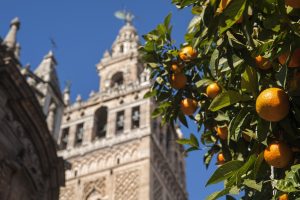
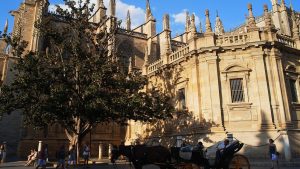
Real Alcázar
As you wonder around the Cathedral it is impossible to miss the dark red walls of a fortress, with a depiction of a lion presiding over the impressive entrance arch. These walls surround the Real Alcázar, a royal palace regarded as one of the most spectacular examples of Mudéjar architecture in the Iberian Peninsula.
Lose yourself in the maze of orange trees found in the beautiful gardens of the Moorish fortress, nowadays both a UNESCO World Heritage site and Europe’s oldest royal palace still in use. Like the Plaza España, the Alcázar has featured on television many times, most recently in Game of Thrones.
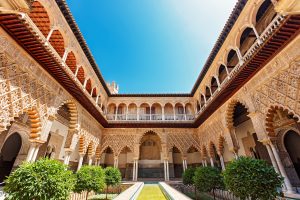
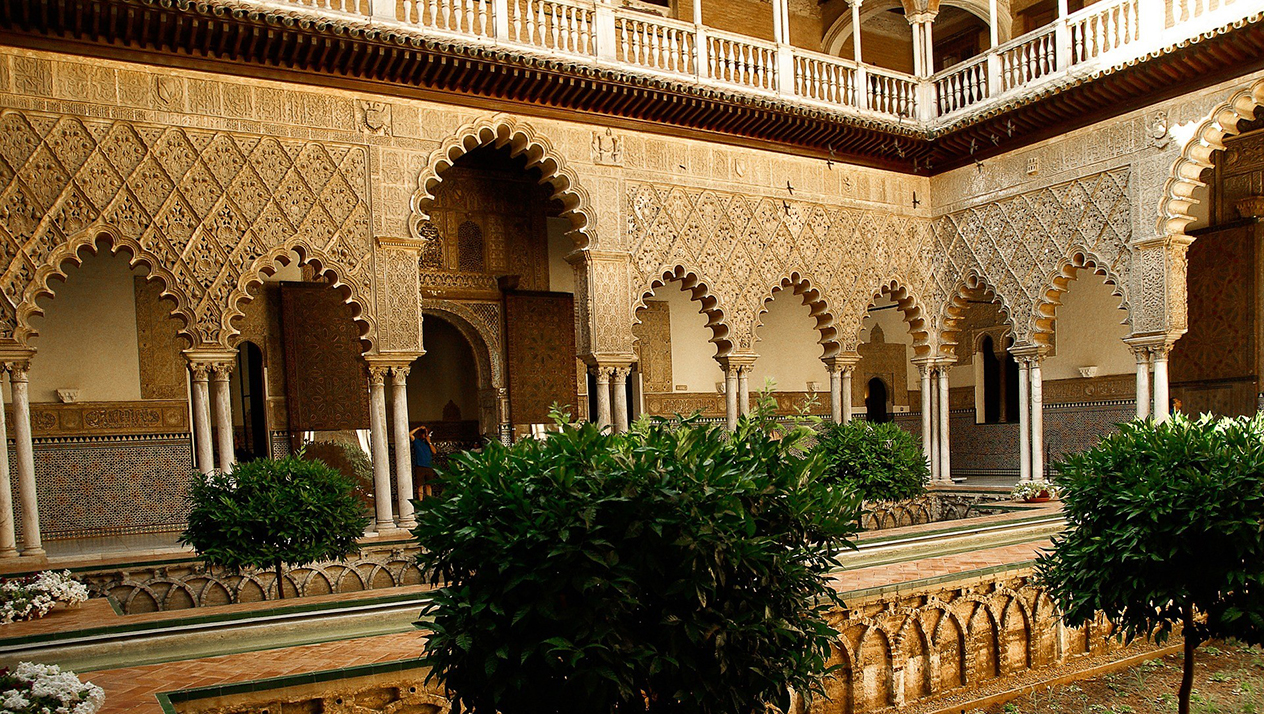
Las Setas
Head uptown to la Encarnación to Metropol Parasol, also known as las Setas. Completed by German architect Jürgen Mayer in April 2011, las Setas is a 26 metre tall wooden structure, supposedly the largest in the world. The underground level houses the Antiquarium, were you can visit ruins dating back to the Roman and Al-Andalus eras before taking the elevator up to the restaurant and panoramic terraces to enjoy one of the most spectacular views of Seville as you sip on a complementary beer or tinto de verano.
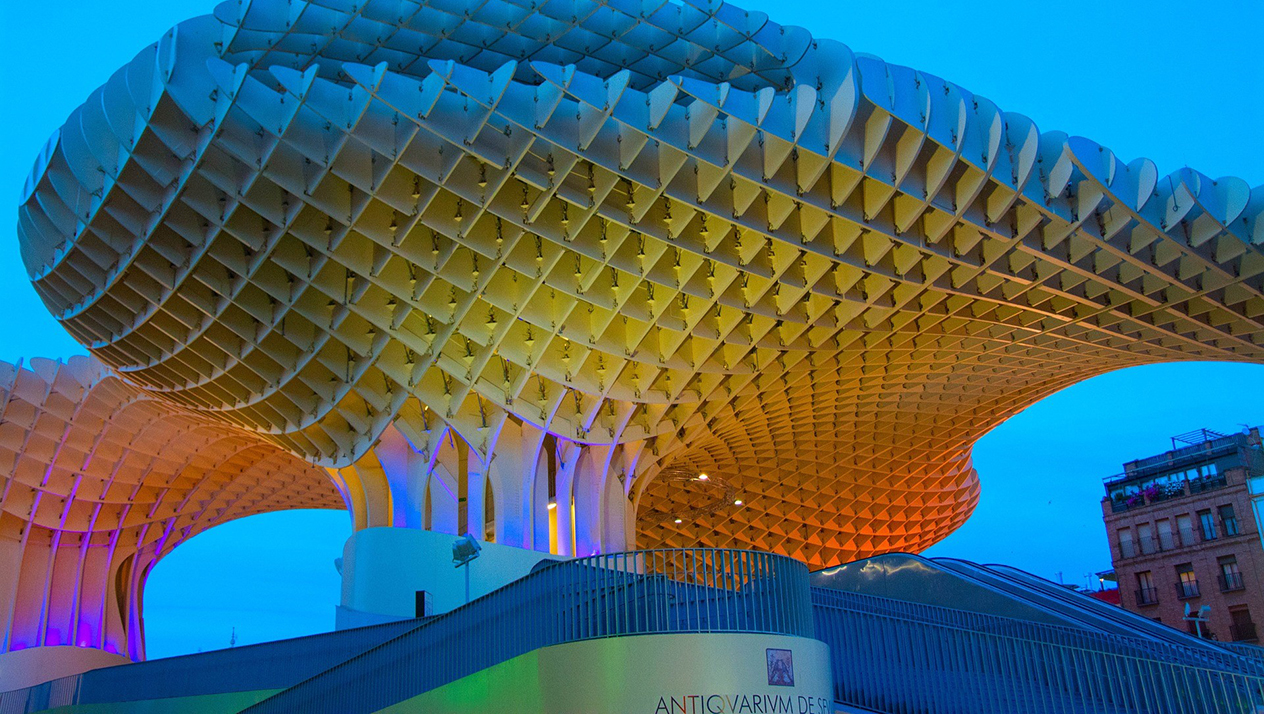
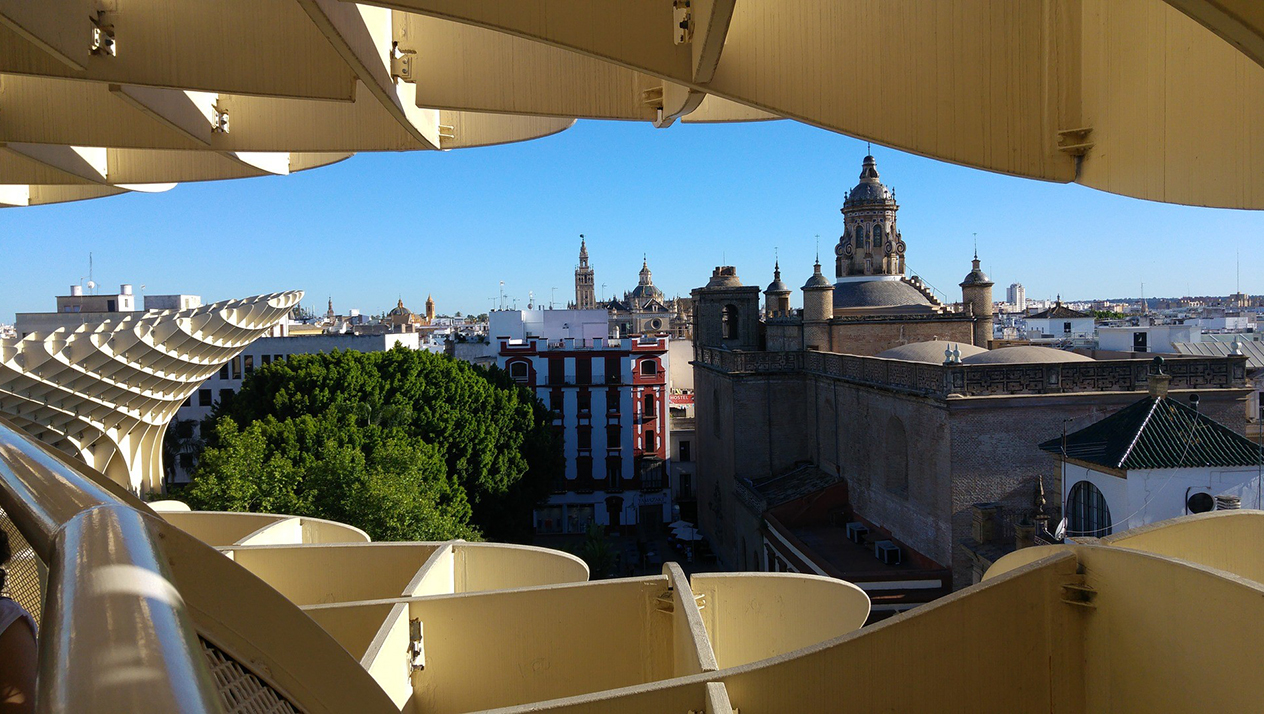
Cruise on the Guadalquivir river
End the day with a scenic cruise down the Guadalquivir river, crossing under the iconic Puente de Triana, and see the neighbourhood of Triana on the west bank of the river, famous for its vibrant flamenco culture and its Calle Betis, which runs along the bank of the river and is home to some of the city’s most iconic bars and clubs.
Your cruise will continue to the Isla de La Cartuja, home to the International Expo ’92 and to the monastery where Christopher Columbus lived while planning his expedition to the West.
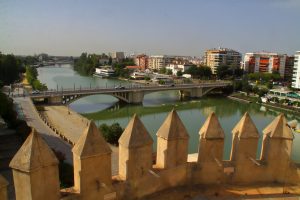
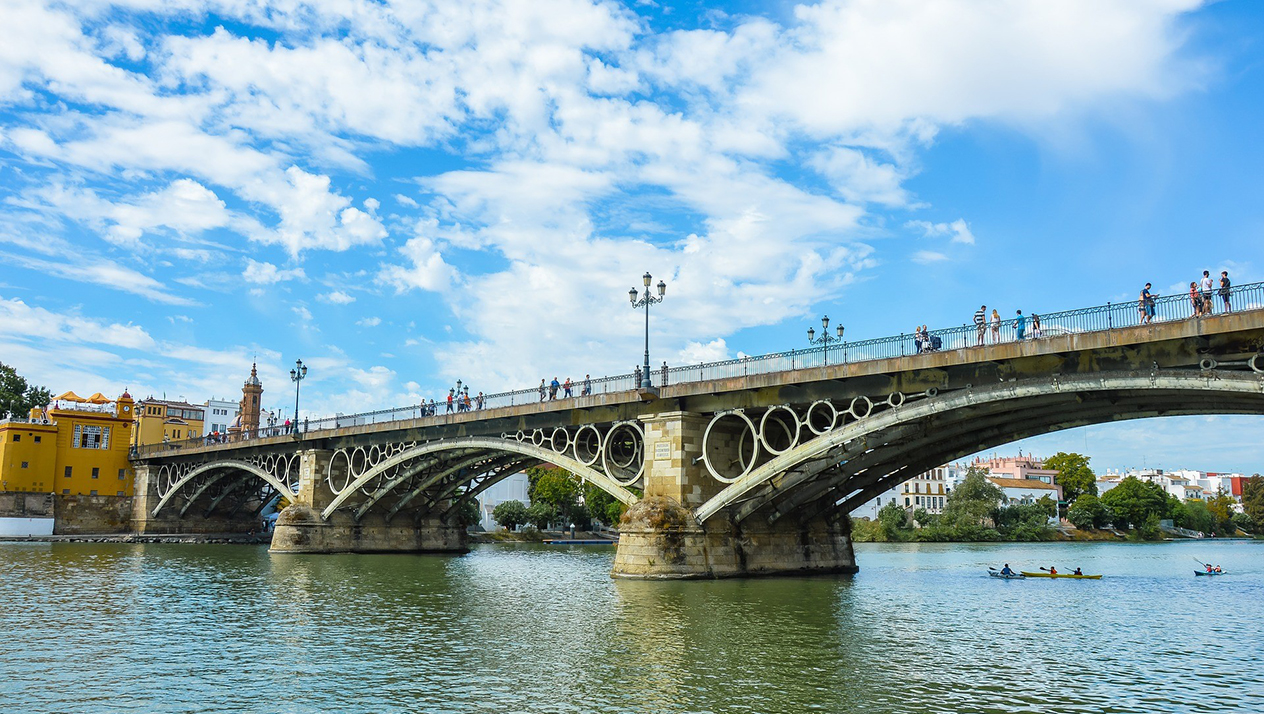
Day 3
Triana
Wander down the east bank of the river passed la Maestranza, one of Spain’s few 1st category bullrings, to reach the Puente Triana. Cross the bridge to leave the east bank behind and enter Triana, the birthplace of many of Seville’s most famous bullfighters, flamenco singers and dancers. The Puente Triana brings you to Altozano square, with monuments paying tribute to the renowned bullfighter Juan Belmonte and to the flamenco arts.
To the south of the plaza can be found the church of Santa Ana, the first church to be built after Muslim rule ended in 1248. Spring Seville trip? Head deeper into Triana away from the river and you will reach the site of the famous yearly April Fair, one of the most iconic events in Seville’s calendar.
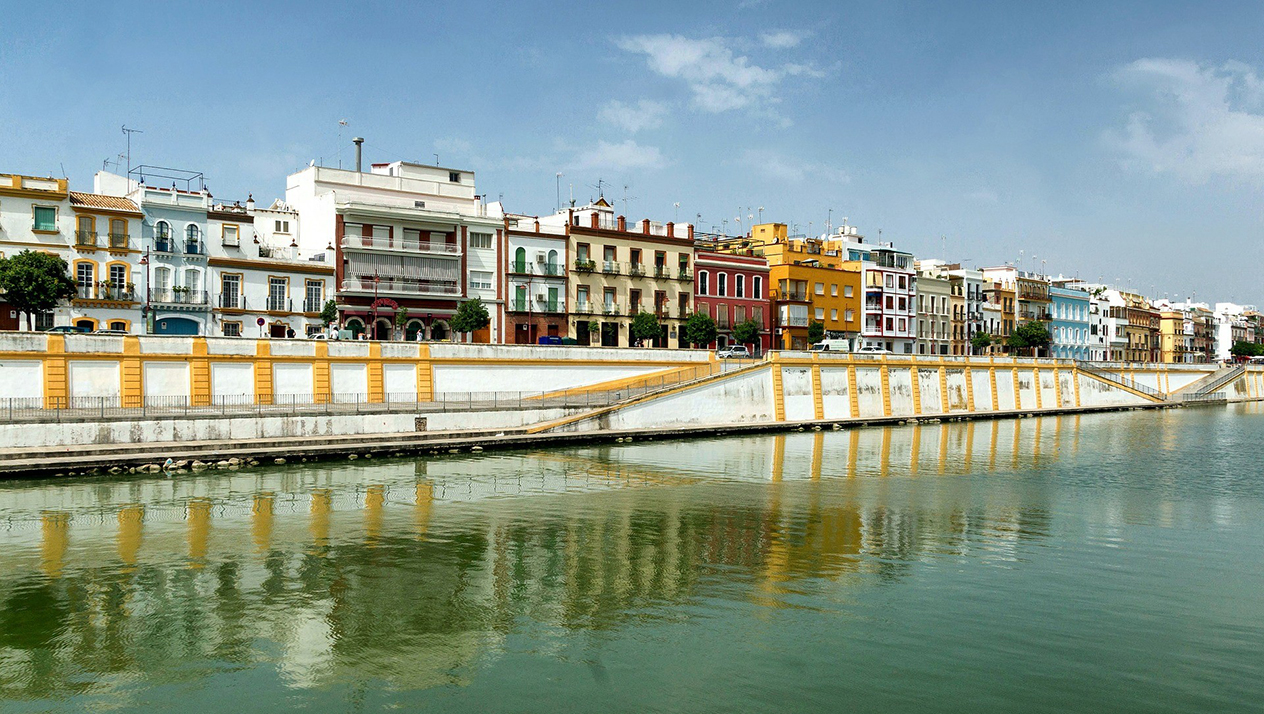
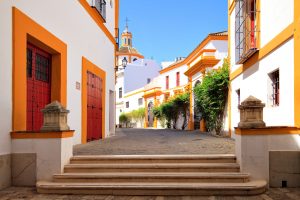
Torre del Oro
Head back across the river to the Torre del Oro, the military watchtower built by the Almohad Caliphate to control access to Seville via the river, also used as a prison in the Middle Ages. Enter the tower to visit the naval museum inside, where old navigational instruments, historical documents, nautical charts and models are stored.
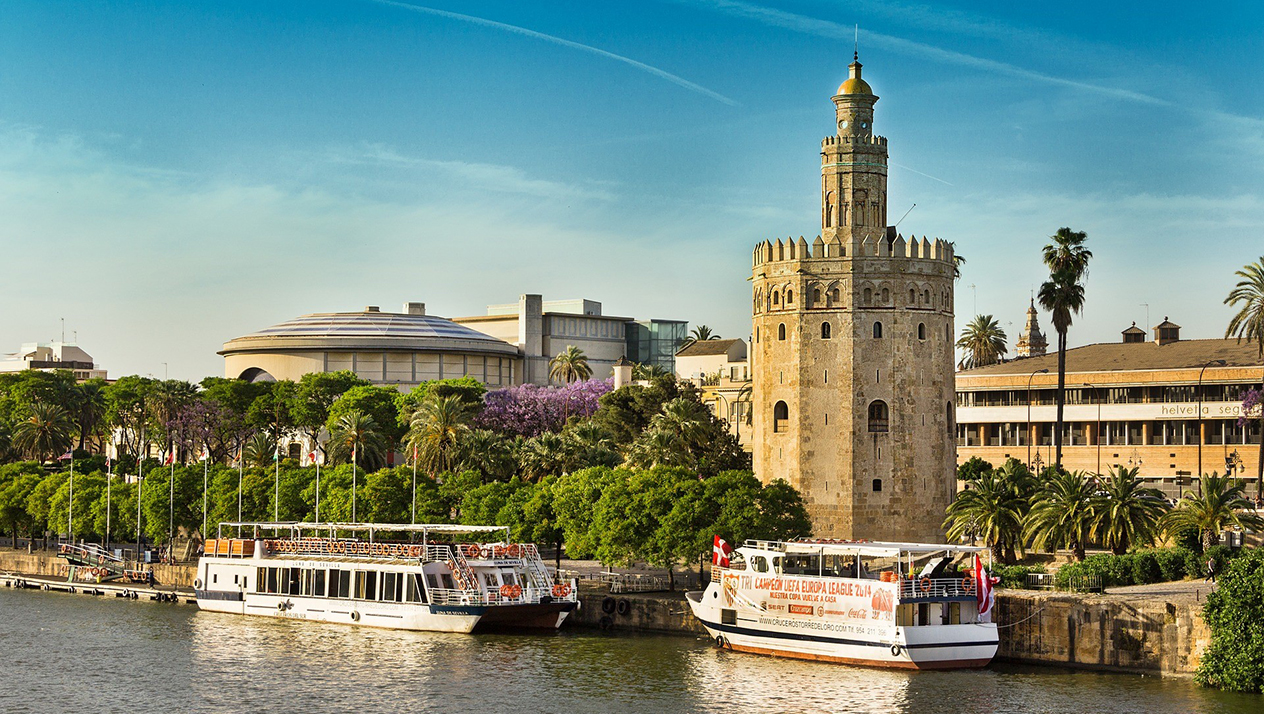
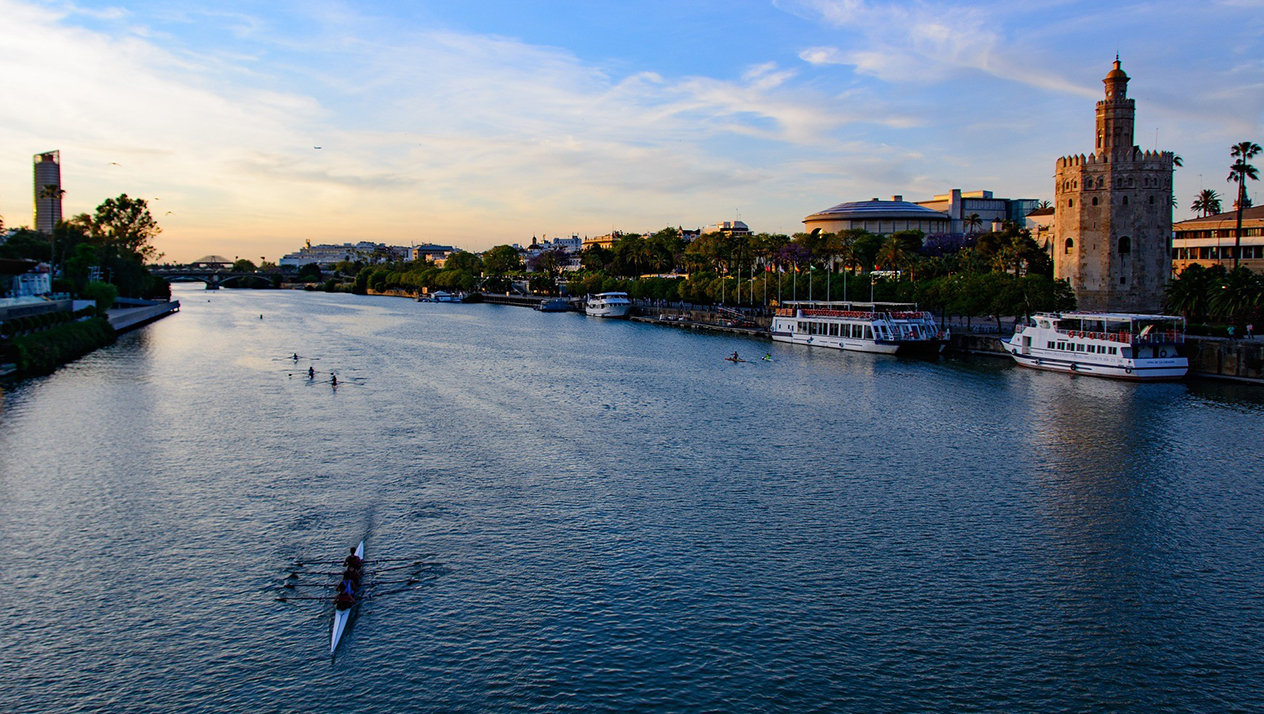
Horse-drawn carriage ride
End your Seville trip with a sunset horse-drawn carriage ride, where you will have the opportunity to revisit all the emblematic sights of Seville such as the tobcacco-factory-turned-university, the cathedral, the Plaza España, many of the famous palaces and more. Your driver will be a keen tour guide who will tell you legends and stories of Seville’s past, and there is no doubt that Seville will have cast its spell on you as it has done on so many before.
Want to explore more of the South’s charming cities? Take a trip to Cádiz, Granada or Córdoba for more beautiful Mudéjar architecture, delicious tapas and Andalusian hospitality.
